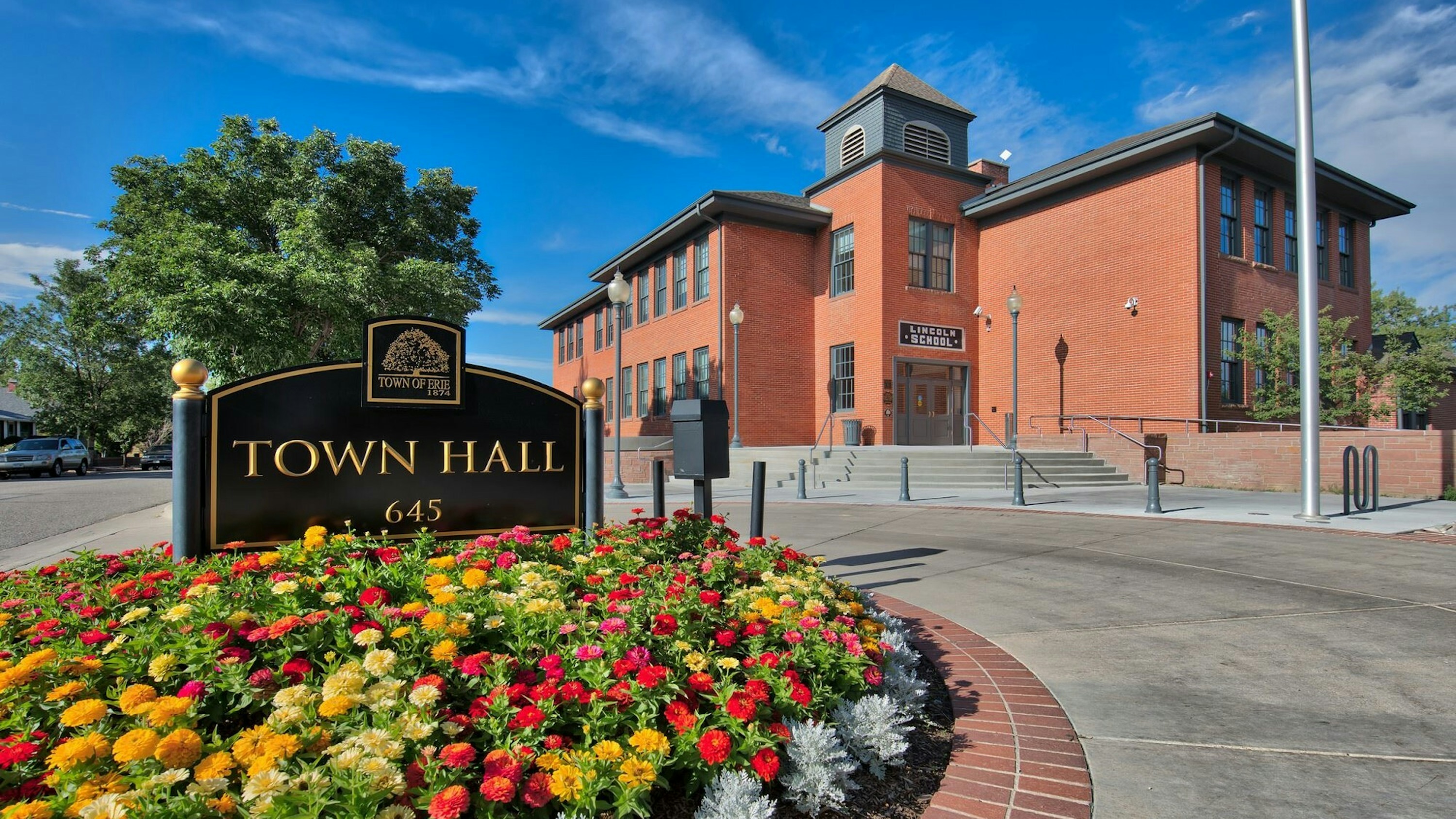
Communities across the country are experiencing continuous change. Growing communities can encounter a rapid increase in demand for services and public facilities may have difficulty keeping up with the correlating increase in need for workspace or for accommodating operational changes. In communities with declining populations, government organizations must become more efficient and possibly consolidate their operations. Even stable communities must adapt to pressures like generational change, demographic change, responses to climate change and a global pandemic. Facility managers are recognizing the importance of reevaluating their facility space needs yet often do not know where to begin.
Our team is often asked by our government clients to analyze existing facility assets that remain critical to the long-term space needs and assets to the communities they serve. Before determining a solution to any facility problem, it is important to understand existing facility conditions and ALL operational needs. This is best accomplished with a thorough and comprehensive master plan to avoid short-term solutions that result in extraneous long-term costs. By developing a comprehensive master plan, organizations can better prepare for long-term costs and ensure that the staff who work in these facilities and the citizens who use them have a voice in how they function.
A facilities master plan is an overarching vision for your community facilities. Before embarking on this effort, it is important to keep these three benefits in mind:
1. The master planning process is an opportunity to engage community stakeholders and increase civic participation
Community engagement is an important part of any long-range planning project. It’s based on the idea that anyone possibly affected by impactful decisions in their community should have a say in the decision-making process to find the solution. Community engagement requires intentional interactions between community members and public decision makers. Additionally, it holds the promise that the public can (and should) have a say in decisions that influence the delivery of services and the sustainability of the community.
Individuals and governments should work together to create sustainable goals for their communities. Working collaboratively and listening to all parties will build consensus and trust around solutions for complex issues. In acknowledging the needs of all participants, engagement should embrace the idea that through intentional interactions with community members and policy makers, real change can and will occur. By demonstrating how community contribution helps in the process of determining an outcome, the organization will continue to build trust and sustain relationships between individuals and government leadership into the future.
2. A master plan can help address long-term needs and align with your organization’s budget
While envisioning the future is an important part of the facility master planning process, it is equally important to analyze the available funding and budget that will come into play. During the master planning process, it is important to understand priorities and phasing of solutions to align with the available funding. Establishing a budget early in the process can be an important tool to manage expectations and hold important conversations around repairs, additions, new construction or whether the facility should focus on creating efficiencies by reconfiguring their existing space.
Not only does this help guide decisions, but it provides a framework for how the plan will be implemented. Many communities cannot afford to do the projects necessary to support growth or changes in services all at once, and work may need to be phased over many decades. When developing a master plan, it is important to include a path for implementation that builds on previous solutions to achieve the long-term goals of the community. This will instill confidence in stakeholders and decision makers that their vision is achievable.
3. A master plan keeps community goals and vision top of mind
The master planning process is sometimes perceived as time consuming, costly and overwhelming. When that’s the case, there may be a tendency to focus only on solving the most pressing needs or addressing updates building by building. However, if an organization-wide planning process is skipped over, efficiencies may be overlooked, resulting in solutions that potentially miss the big picture.
The last thing anyone wants is a building that’s not aligned with the community’s goals. By investing time in a facilities master plan process, leadership and elected officials know that their goals and vision are prioritized throughout the duration of the project and into the future.
Master plans can only be successful if they reflect the values of both the organization and the community they serve. Wold has extensive experience providing government organizations with the guidance they need to address complexities, determine requirements of space, help prioritize needs and develop future solutions.
Our goal is to make a difference in the communities we serve, and we achieve this every time we work with our clients to develop facility master plans that engage community stakeholders, align with the community’s vision and goals and create one-of-a-kind solutions that work toward a shared vision for the future.